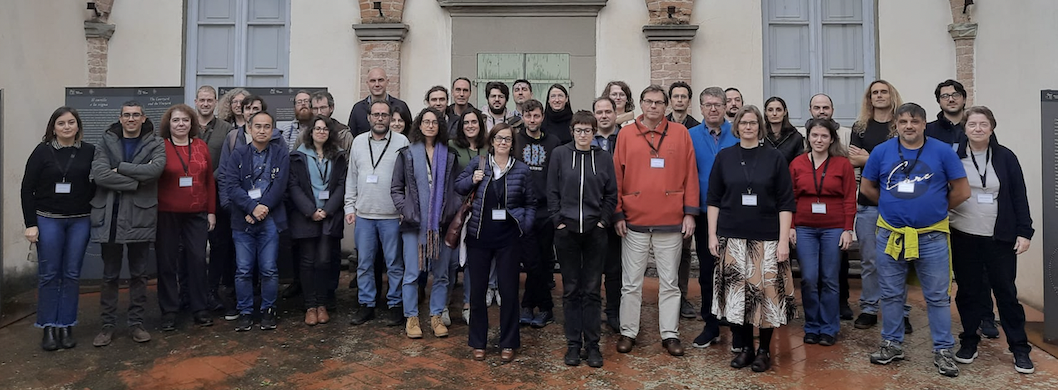Speaker
Description
We perform simulations of cluster formation in regions taken from galaxy scale simulations, including photoionization and supernovae feedback. We simulate regions with different densities, and from different galactic environments. In all our simulations, clusters undergo mergers and splits during their formation. More massive clusters form in regions of spiral arms with stronger converging flows, and in bars and inner spiral arm regions. In inter-arm or outer galaxy regions, we tend to see looser groups more characteristic of associations. In all simulations, the most massive clusters are formed by mergers. Feedback has a greater impact on cluster formation at lower densities, where star formation occurs over a longer timescale. In our lowest density case, the resulting clusters (in terms of number, mass) are very different with and without feedback, and one of our simulations forms an association which has a similar size, mass and morphology to the Orion OB1 association. We also show that photoionizing feedback is necessary to produce clusters with the observed cluster mass relation. Initial results with magnetic fields show that magnetic fields can have a strong impact on cluster formation, depending on field strength. Lastly, we place our simulated clusters into the GAIA catalogue and try to re-identify them. We find that the spatial properties of clusters are surprisingly robust even at relatively large distances and when relatively few members of the original cluster are observed. However dynamical measurements tend to be much less reliable.

